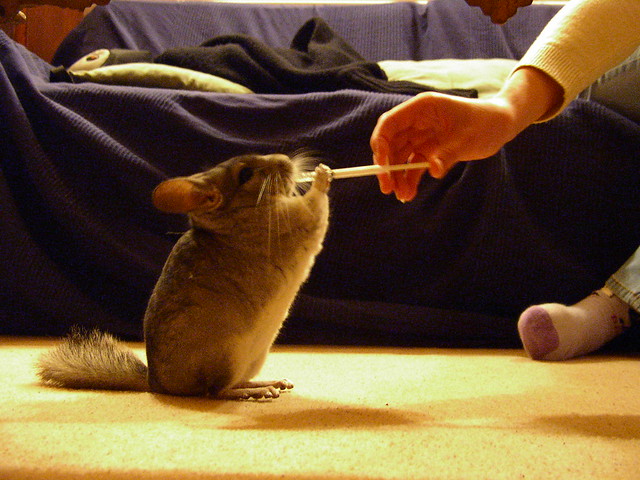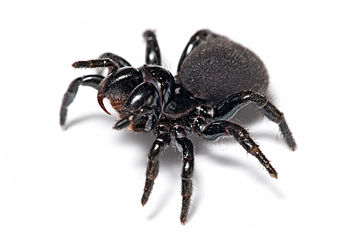 |
| Skunk - Photo: Pixabay |
Skunks are famous for their ability to produce foul smelling odor to defend a prey. These mammals belong to the Mephitidae family. Eleven species of skunks are known. The types of species can be divided into four in general: Spilogale or spotted skunks, Mydaus or stink badgers, Conepatus or hog-nosed skunks, and Mephitis or stripped and hooded skunks. Skunks are found in North America, South America, Canada, Philippines, and Indonesia.
Lengthwise they vary from forty centimeters to seventy centimeters and in weight they vary from one pound to ten pounds. They have front claws which help them to dig easily and have short muscular legs, which go with their reasonably long striped body. Commonly, their fur is of white and black colors, but there are skunks with gray, brown and cream colored fur. Skunks are stripped from birth. A thick stripe runs from their tail to the top of their head. Some may have two thin strips, broken strips or white spots. Some Skunks legs are also stripped.
Some countries have laws about keeping skunks as pets. It is legal to have a skunk as a pet in the United States. Usually, mephitis species are preferred pets as they are very social. Before selling a skunk, the pet retailers remove the scent glands of skunks. They are supposed to live longer in captivity when compared to living in wild. Their lifespan is from ten to twenty years. It’s usual with Pilgrims and European settlers, in the United States, to keep skunks as pets.
Skunks feed on both plants and animal and hence are omnivorous. Coming to animals they eat insects, earthworms, lizards, frogs, rodents, salamanders, snakes, moles, birds, and eggs. When they cannot find meat, they feed on wild fruits and seeds. Some skunks even feed on garbage, in urban areas.
Skunks are crepuscular animals. Skunks stay aloof when not breeding, but stay in communal dens in the winters. They do not hibernate in the winters, but become inactive and do not eat much. They live in burrows dug by them or man-made pits or natural pits, depending on their necessities and situation. In winter, a huddle with one male and nearly twelve female live a den. They use the same den, every year in the winter.
Skunks have superb hearing and smelling sense. But their vision is not good. They can not see clearly more than three meters and that is the reason why most skunks are killed in road accidents. According to a study, nearly fifty percent skunks die due to road traffic and not more than ten percent cross three years of life.
Skunks have the ability to carry rabies. Almost thirty-one percent of them are infected with it, but all the human rabies cases result from dog and bat bites. Before keeping them as pets, they should be vaccinated to avoid any mishaps. And in case, a skunk bites certain measures should be taken. Clean the wound thoroughly with antibacterial solution and water. If the wound is bleeding, apply an ice pack or pressure to stop it. Emergency service should be called immediately. After getting to the doctor insists on taking a tetanus shot. Try to catch the skunk, either dead or alive, so that it won’t spread rabies to others in the neighborhood. Also, a test can be performed to determine whether the skunk had rabies or not.






